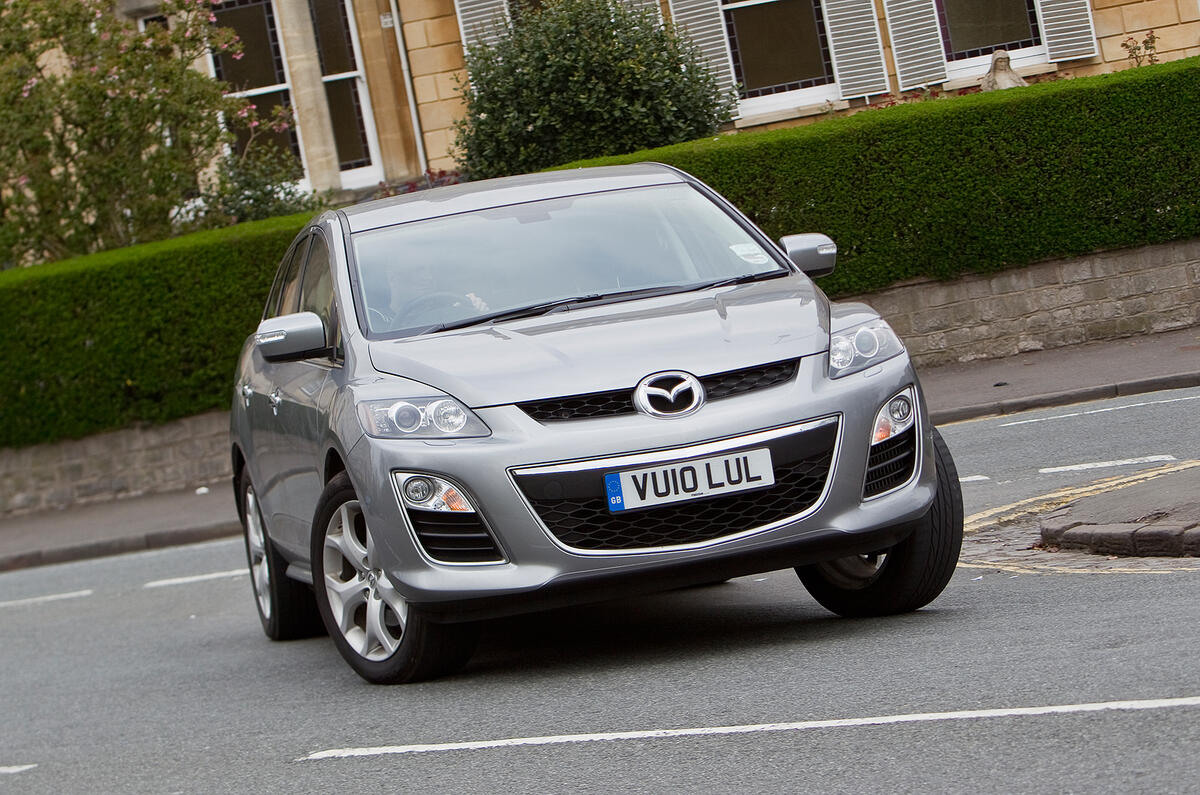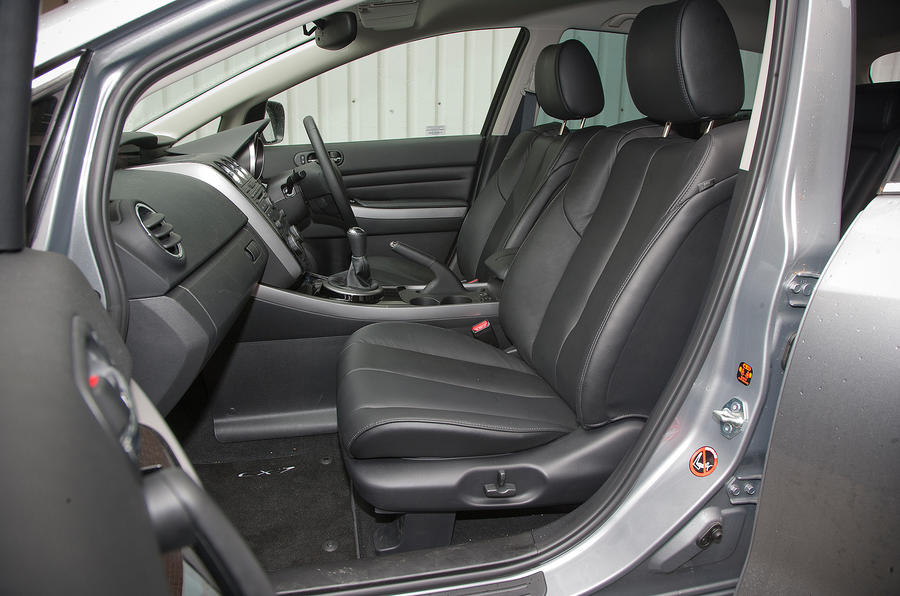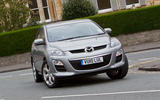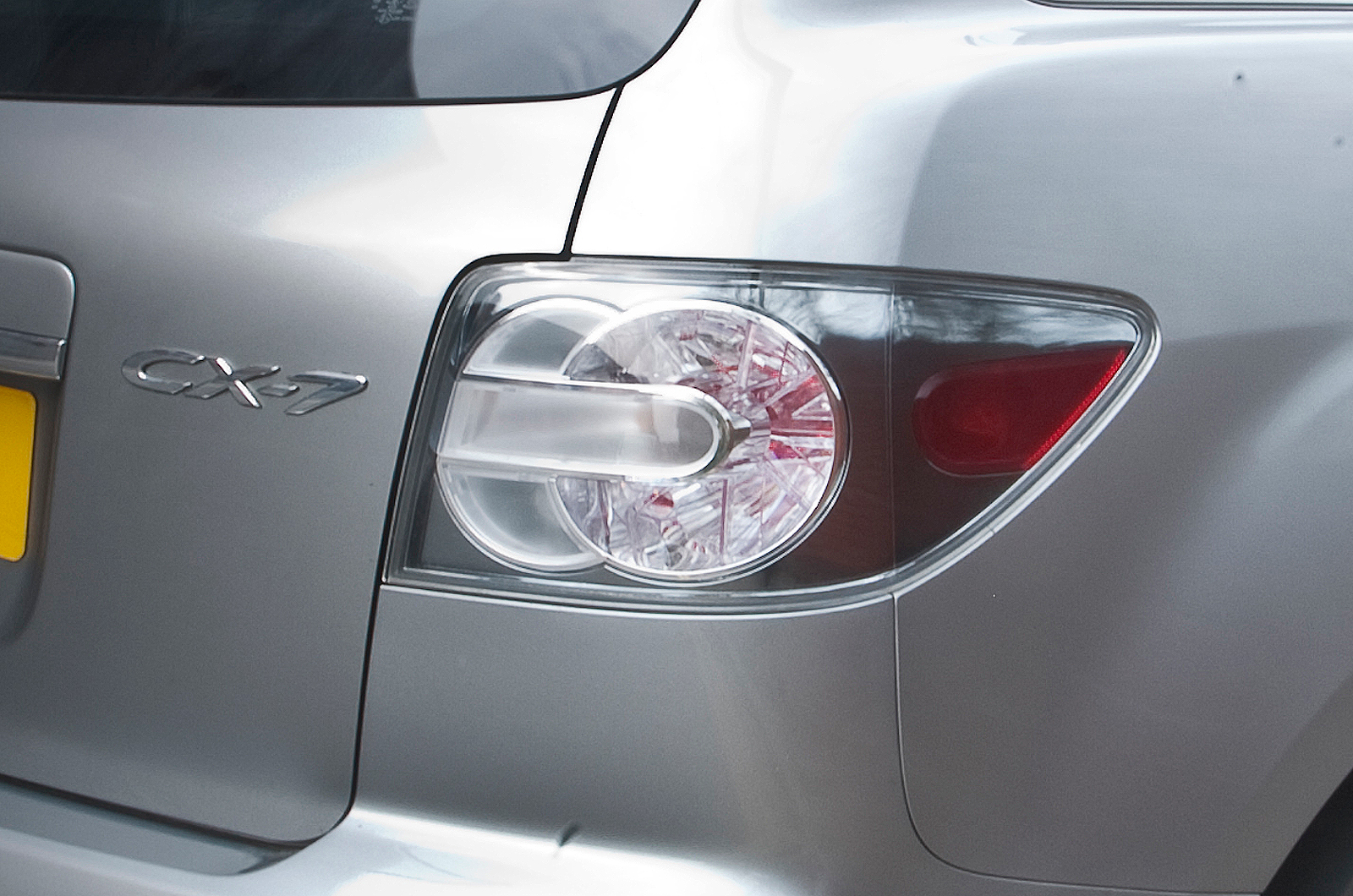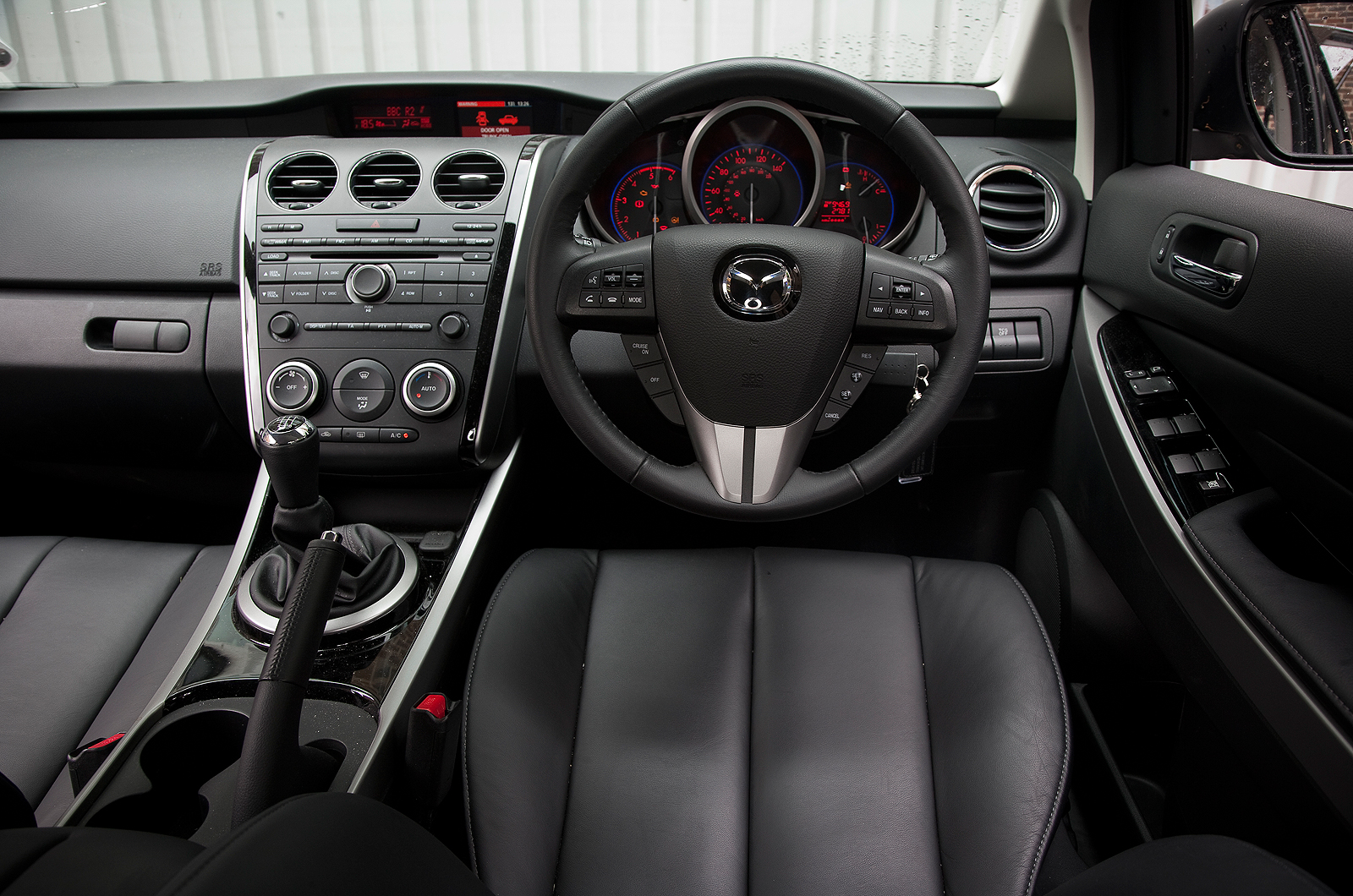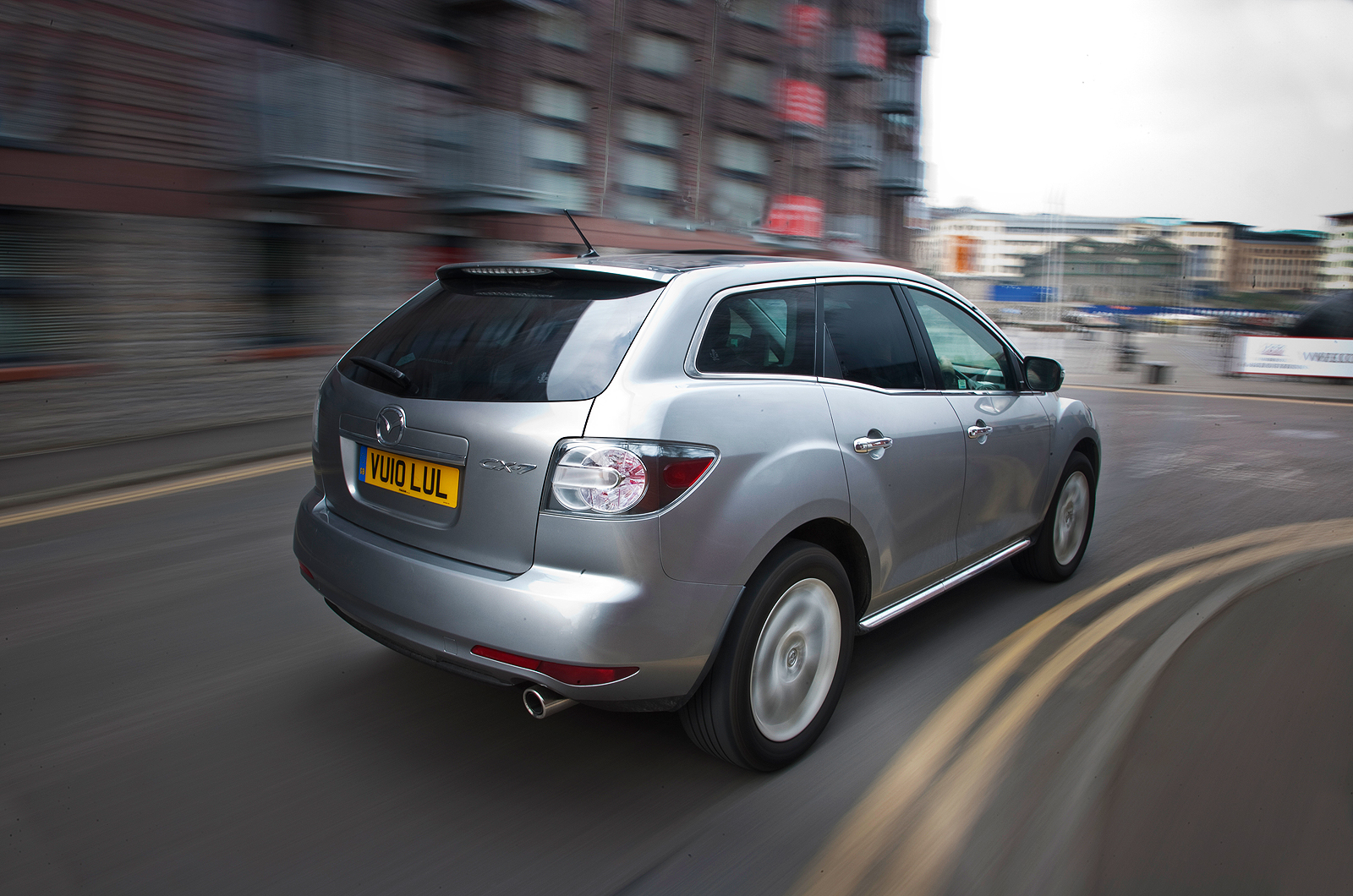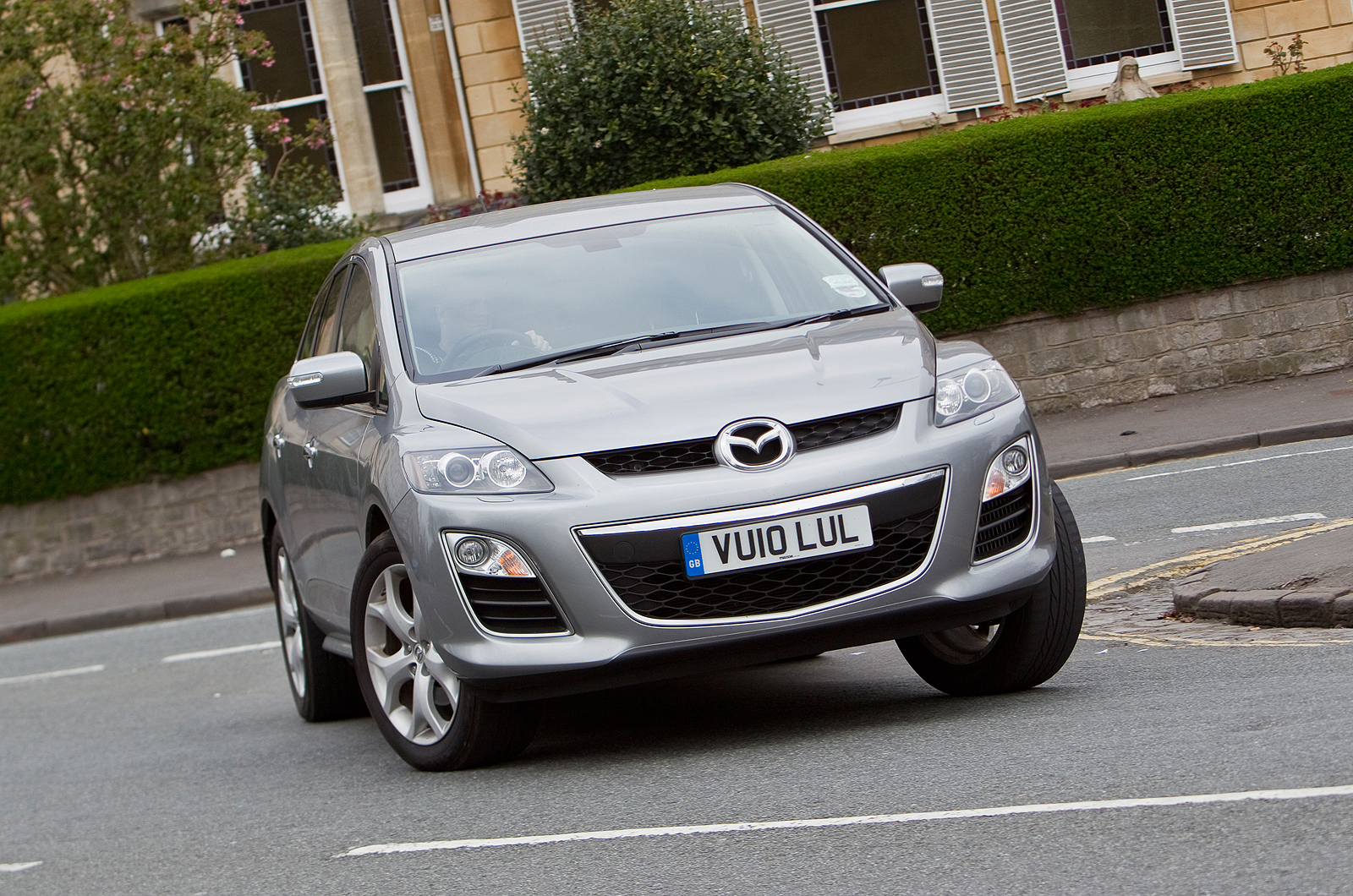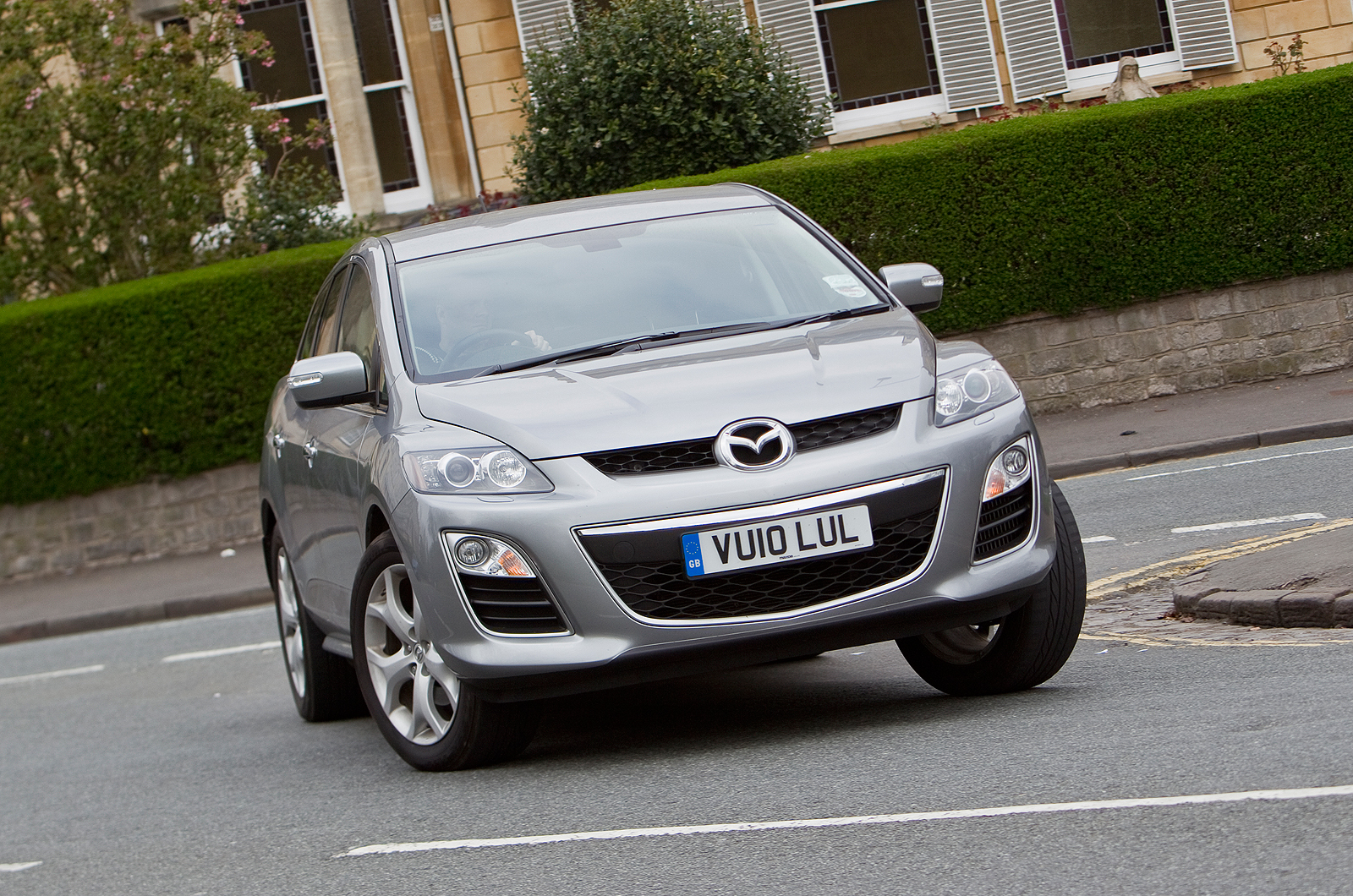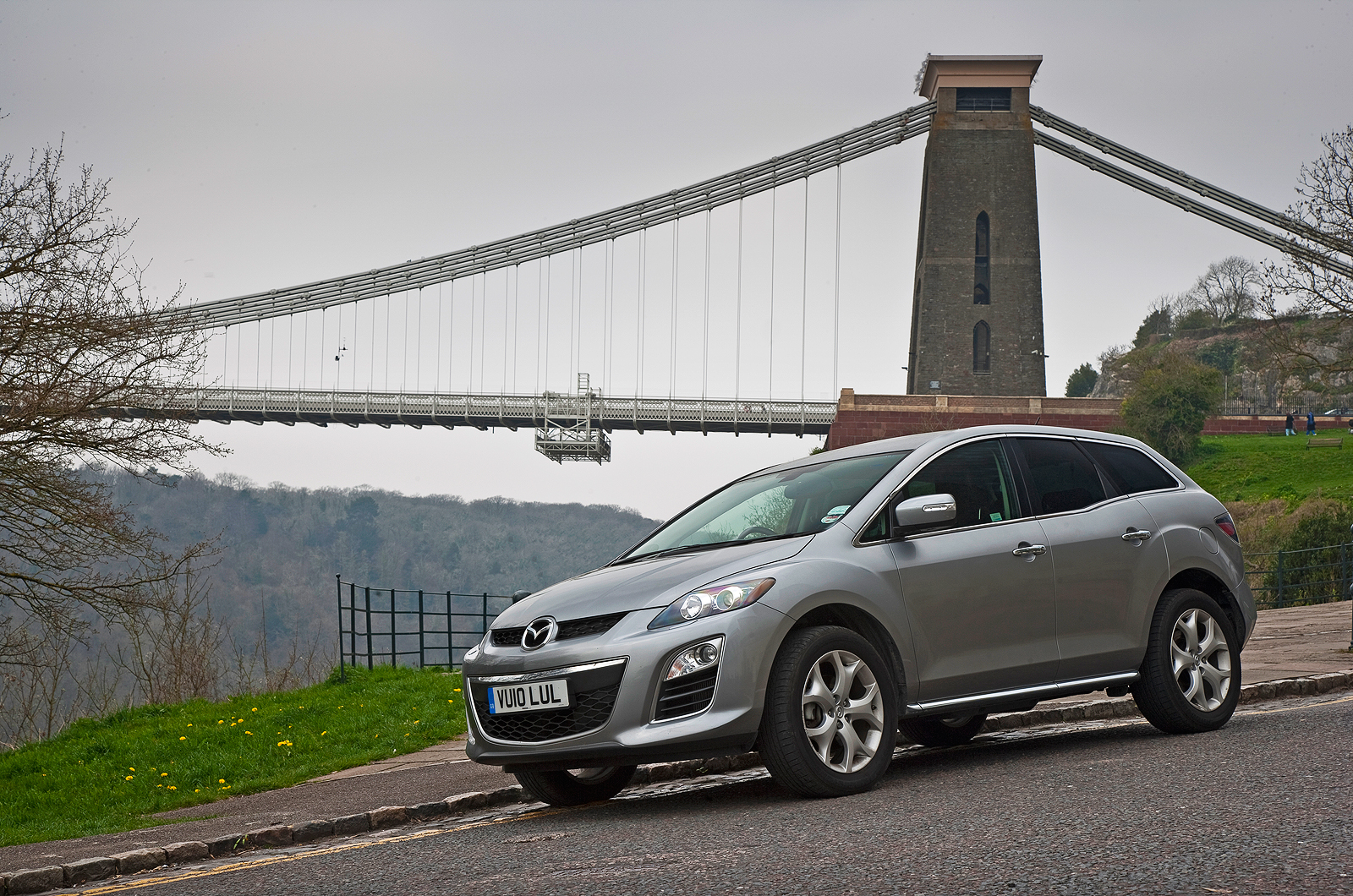The CX-7 first appeared as Mazda’s MX-Crossport concept at the 2005 Detroit motor show and the full production version was then shown the following year at the Los Angeles show. Together with the larger, and closely-related, seven-seat CX-9 (not destined for Europe), it was Mazda’s first foray into the crossover SUV market.
Giving its new SUV an X-tag is a blatant attempt by Mazda to convince buyers that the CX-7 heralds from the same origins as the iconic MX-5 and innovative RX-8. Mazda claims, however, that the CX-7 represents a new niche in SUVs, delivering the advantages of an elevated cabin but with the driver-focused dynamics of a smaller, more conventionally sporting car.
All very promising, but not exactly new as plenty of SUVs have claimed the same thing. Look deeper, though, and the CX-7 does represent some originality at least in its positioning if not in its concept, with dimensions that place it between a mid-size SUV and the larger X5 brigade. For those convinced they need an SUV but are not yet prepared to stop having fun, the CX-7 could be worth a look.
When it was originally launched, the only option was a feisty 256bhp four-cylinder turbocharged petrol engine which gave the car a significant performance advantage over a number of its rivals. Today, the only option is the rather more frugal four-cylinder 2.2-litre diesel engine and a manual ’box. Many drivers of SUVs of this size prefer auto boxes, so the CX-7 rather stands out in this sector for a lack of a self-shifter.


